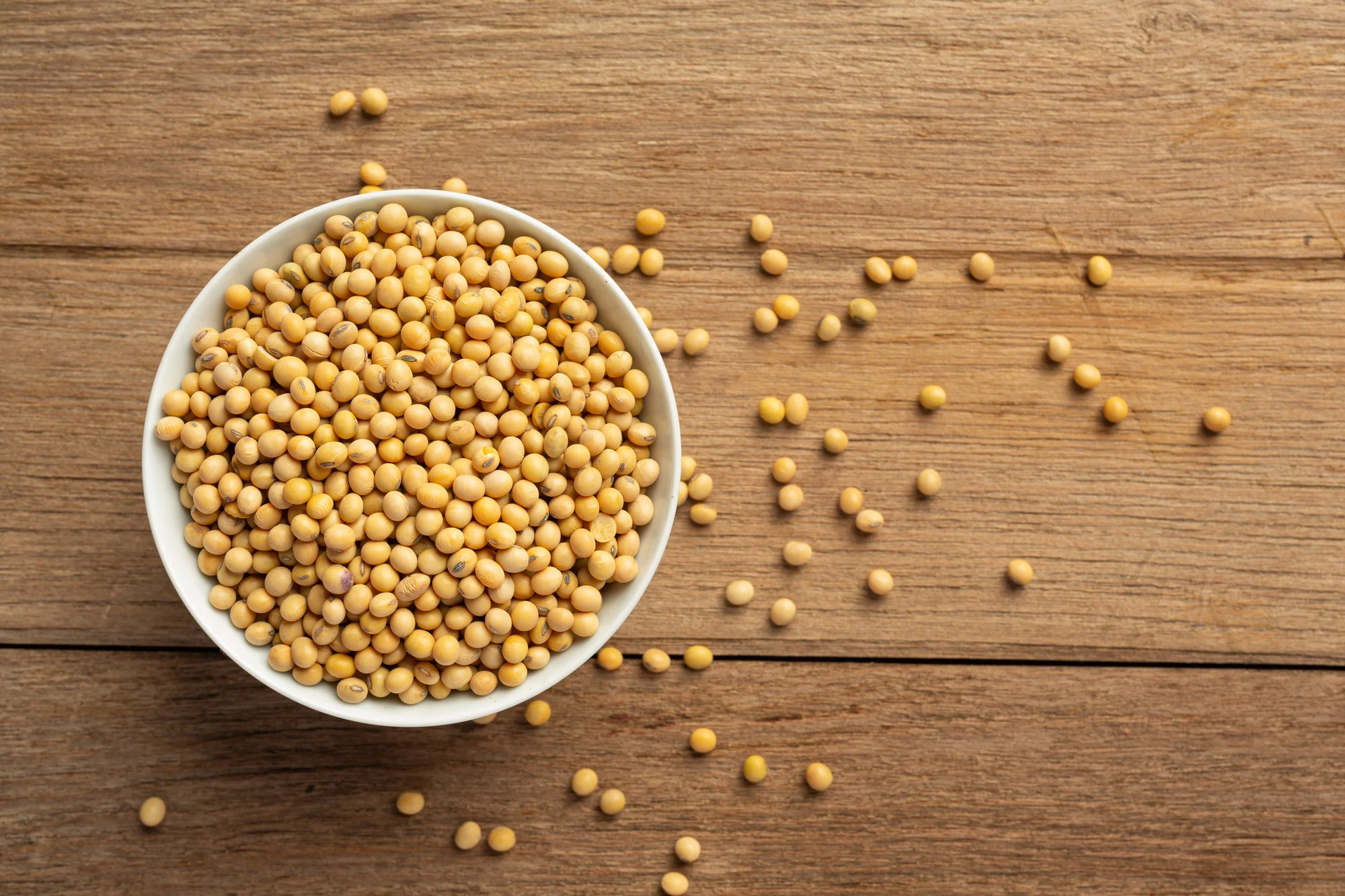With the constant evolution in the field of food science and technology, researchers are relentlessly pursuing novel methods to create more stable and efficient delivery systems for bioactive compounds. Among the myriad of developments, nanoemulsions have emerged as a promising frontier. In a groundbreaking study published in Scientific Reports (Sci Rep) on May 6, 2019, with the digital object identifier (DOI) 10.1038/s41598-019-43439-5, a team of scientists led by Ying Zhu from the College of Food Science at Northeast Agricultural University, China, has provided new insights into the stability mechanisms of soybean protein (SP)-phosphatidylcholine (PC) nanoemulsions prepared by two different methods—ultrasound treatment and high-pressure homogenization (Zhu et al., 2019).
This comprehensive analysis has not only set the stage for further advancement in nanoemulsion technology but also underlines the profound impact of ingredient interactions on the stability and structural composition of food emulsions. Herein, we delve into the significant findings from this study and underscore its contribution to the field.
Methods Used for Nanoemulsion Preparation
The focal point of the investigation revolved around two prevalent techniques utilized to prepare SP-PC nanoemulsions—ultrasound treatment and high-pressure homogenization. These techniques are known for their ability to reduce particle size and thus improve the stability and bioavailability of the nutrients in the emulsion (Zhou et al., 2016; Zhang et al., 2015).
Raman Spectroscopy: A Structural Analysis Tool
Instrumental to the study was Raman spectroscopy, a non-destructive analytical technique that provides detailed information about molecular vibrations and the chemical composition of materials (Herrero, 2008). Researchers meticulously analyzed the structural changes in SP and PC induced by the two methods to determine the relational impact on the nanoemulsion stability.
Key Findings and Implications
The study revealed that nanoemulsions crafted through high-pressure homogenization displayed enhanced stability compared to those produced via ultrasound treatment. This discovery led to the examination of the protein and lipid structures to pinpoint the underlying reasons for this variance in stability.
It was observed that both ultrasound and high-pressure homogenization treatments influenced the secondary structure of SP by increasing the content of α-helix and unordered structures while decreasing the presence of β-structures. This shift in protein conformation is critical for the stability of nanoemulsions, as α-helix structures are known to be more flexible and can better accommodate the surfaces of oil droplets (Comas et al., 2006; Mccann et al., 2009).
Moreover, the interactions between SP and PC modified the protein structures, effectively reducing the content of α-helix, unordered, and β-sheet structures. These structural changes were instrumental in promoting hydrophobic interactions, which are central to the stability of emulsions (Nieuwenhuyzen et al., 1998).
Interestingly, Luo et al. (2019) found that the dominant g-g-t vibrational mode associated with the disulfide bond in soybean protein remained relatively unchanged by both preparation methods, indicating that the intermolecular disulfide bonds in SP were not significantly affected.
The high-pressure homogenization treatment also led to increased disorder within the lipid chains of PC, further encouraging SP-PC interactions. This not only corroborates previous findings on the impact of lipid structural disorder on emulsion stability (Mccrae, 1999) but also emphasizes the fine balance between protein and lipid conformations in creating a stable nanoemulsion.
Theoretical and Practical Contributions
From a theoretical standpoint, the structural changes elucidated through this study add to our understanding of how nanoemulsions can be optimized. Practically, these insights help in tailoring stable nanoemulsions with potential applications in food, pharmaceuticals, and other industries requiring reliable delivery systems for active compounds.
Future Directions and SEO Keywords
The research from Zhu and colleagues has paved the way for further exploration of nanoemulsion systems, aiming to fine-tune their characteristics for improved functionality. Future work may involve investigating the behavior of these optimized nanoemulsions within different environmental conditions or in the presence of other food components.
Keywords
1. Soybean Protein Nanoemulsions
2. Phosphatidylcholine Stability
3. Raman Spectroscopy Food Science
4. Emulsion Preparation Techniques
5. Protein-Lipid Interactions
References:
1. Zhu, Y., et al. (2019). Stability Mechanism of Two Soybean Protein-Phosphatidylcholine Nanoemulsion Preparation Methods from a Structural Perspective: A Raman Spectroscopy Analysis. Scientific Reports, 9(1), 6985. doi: 10.1038/s41598-019-43439-5.
2. Zhou, M., et al. (2016). Effect of high intensity ultrasound on physicochemical and functional properties of soybean glycinin at different ionic strengths. Innovative Food Science & Emerging Technologies, 34, 205–213. doi: 10.1016/j.ifset.2016.02.007.
3. Comas, D. I., Wagner, J. R., Tomás, M. C. (2006). Creaming stability of oil in water (O/W) emulsions: Influence of pH on soybean protein–lecithin interaction. Food Hydrocolloids, 20, 990–996. doi: 10.1016/j.foodhyd.2005.11.006.
4. Mccann, T. H., Small, D. M., Batey, I. L., Wrigley, C. W., Li, D. (2009). Protein–lipid interactions in gluten elucidated using acetic acid fractionation. Food Chemistry, 115, 105–112. doi: 10.1016/j.foodchem.2008.11.070.
5. Mccrae, C. H. (1999). Heat stability of milk emulsions: phospholipid–protein interactions. International Dairy Journal, 9, 227–231. doi: 10.1016/S0958-6946(99)00065-5.
Concluding, the research by Zhu et al. provides a significant contribution to the understanding and enhancement of SP-PC nanoemulsion stability. The use of Raman spectroscopy has enabled a detailed understanding of the molecular interactions and structural changes that govern the emulsion properties. These findings may lead to the development of more stable, efficient, and versatile nanoemulsions for use in a wide array of applications, benefitting both the food industry and consumers alike.
